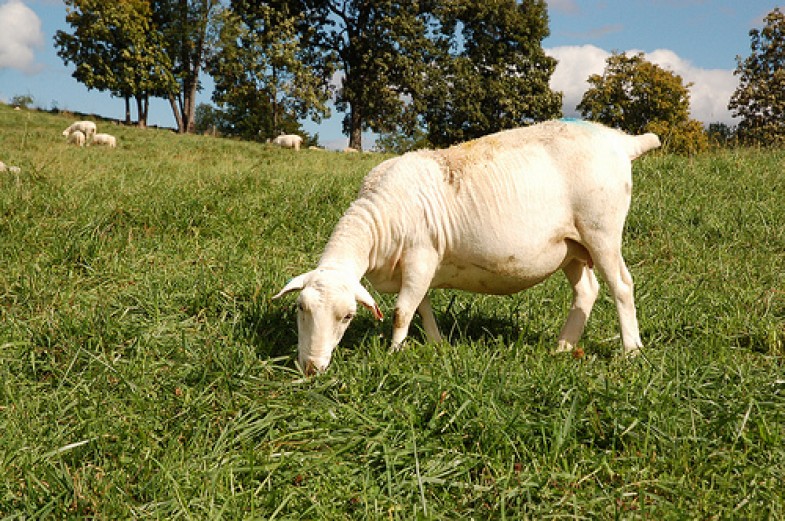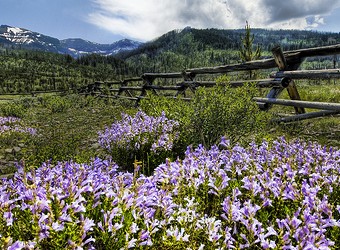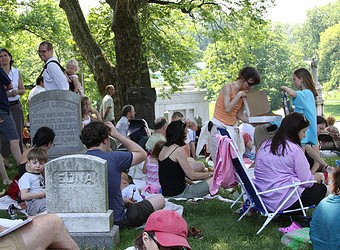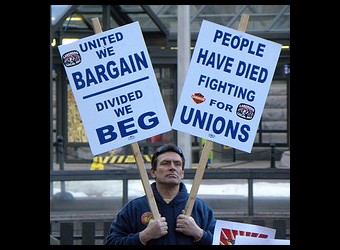Medieval European agriculture was communally organized. Peasants pooled their individual holdings into open fields that were jointly cultivated, and common pastures were used to graze their animals.This system of village commons prospered for more than six hundred years at the base of the feudal pyramid, under the watchful but often nominal presence of the landlords, monarchs, and popes. Then, beginning in the 1500s, powerful new political and economic forces were unleashed, first in Tudor England and later on the continent, that ultimately destroyed villagers’ communitarian way of life.
Through legal and political maneuvers, wealthy landowners enclosed (privatized) the commons for their own profits, impoverishing many villagers. “Enclosures have been appropriately called a revolution of the rich against the poor,” noted eminent historian Karl Polanyi.
These acts paved the way for the industrial revolution. In the process, millions of peasants were dislodged from their ancestral homes and forced to migrate into the new industrial cities. If they were fortunate, they might secure subsistence employment in the new factories, whose owners eagerly took advantage of their desperate plight.
After the enclosure of the commons, land was no longer something that people belonged to, but rather a commodity that people possessed. Relationships were reorganized. Neighbors became employees or bosses. People began to view each other and everything around them in financial terms.
The European enclosure movement marked the beginning of a worldwide process of commodifying the land, ocean, and atmosphere of the earth, which is still being carried out today across the planet.
From the book Biosphere Politics: A New Consciousness for a New Century (Crown Publishers, 1991). It appears in On The Commons’ “All That We Share: A Field Guide to the Commons”:http://www.onthecommons.org/all-that-we-share









